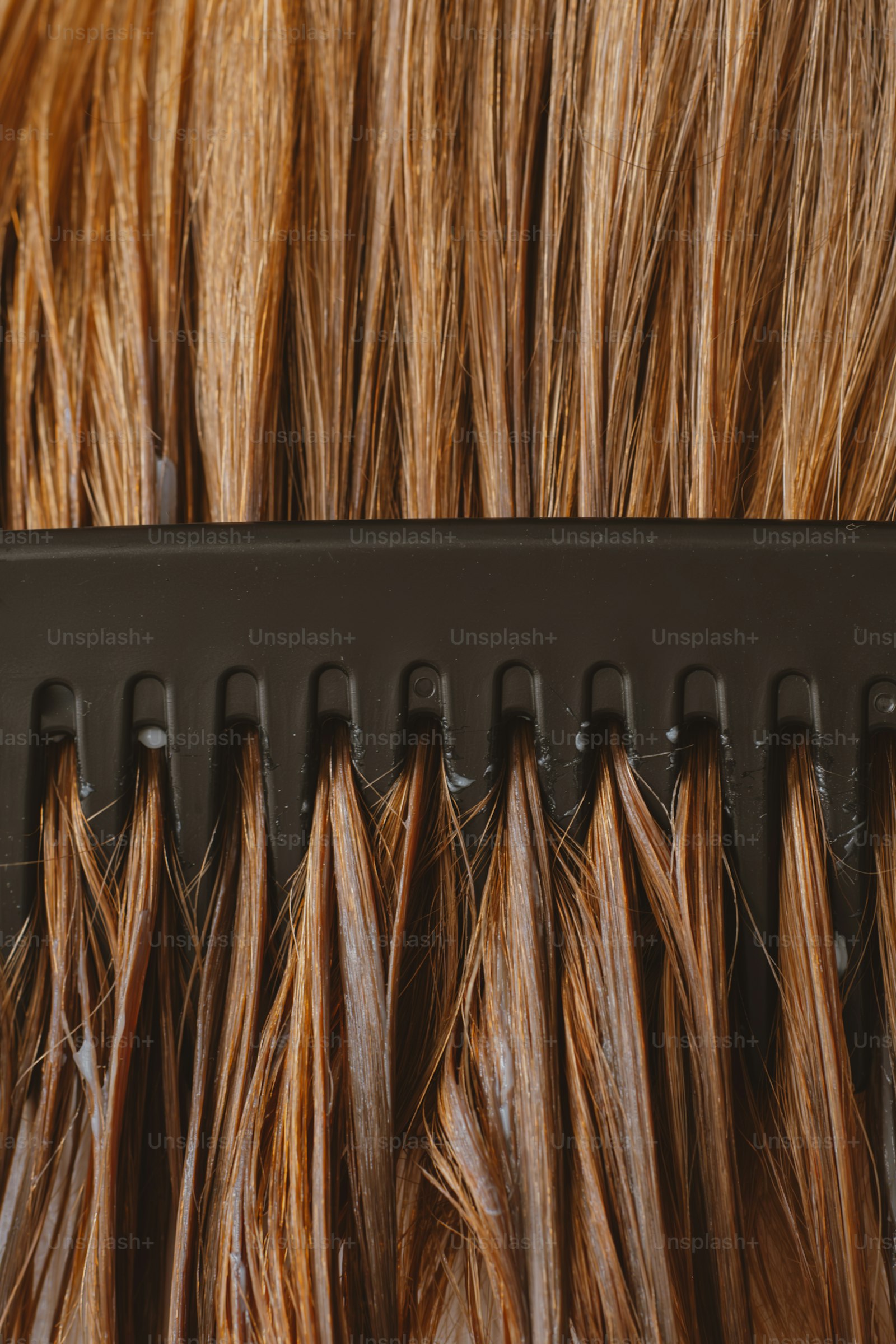Shears for Wigs, Extensions, and Systems
Tool selection, maintenance, and technique adjustments for wigs, extensions, and hair systems.

Tool matrix
| Service | Primary shear | Support tools | Notes |
|---|---|---|---|
| Lace-front wig customization | 5.0” precision shear, micro razor | Lace scissors, T-pins, ventilating needle | Keep tension light to avoid lace fray |
| Hand-tied extension blending | 6.0” slide shear, 30-tooth blender | Section clips, narrow comb | Use over-direction and deep-point cutting for seamless blend |
| Tape-in refresh | 5.5” detail shear | Tape remover, reapplication pliers | Focus on perimeter cleanup + fringe adjustments |
| Hair system perimeter redesign | 6.0” convex shear | Trimmer, cosmetic scissors for adhesive | Rebalance density and maintain system integrity |
Prep workflow
- Review client history, extension type, and maintenance schedule using your extension service prep checklist.
- Sanitize tools, prep spare blades, and organise adhesive removers or thread as needed.
- Photograph current attachment pattern; mark areas needing density adjustments.
- Map blending zones on mannequin or client with chalk comb for reference.
Cutting + blending principles
- Maintain minimal tension when cutting added hair—let it fall naturally before snipping.
- Work in vertical panels to reveal attachment points; refine with deep-point cutting.
- For wigs, cut on the block for gross shape, then fine-tune on the client for lived-in movement.
- Use blenders on lower half only to preserve perimeter strength.
Maintenance + care
| Task | Cadence | Reason |
|---|---|---|
| Shear sharpening | Every 6–8 weeks | Adhesive residue dulls edges faster |
| Adhesive cleanup | After each service | Prevents gumming in pivot + blades |
| Blade sterilization | Between clients | Maintain hygiene standards |
| Tension check | Daily | Added hair often requires higher volume cutting—avoid strain |
Retail + education tie-ins
- Offer extension care kits (detangling sprays, silk wraps) and log sales in the dashboard.
- Assign clients the appropriate Learning Hub guide for maintenance basics.
- Capture before/after photos + service notes for training library.
Advancement path
- Shadow wig designers or hair system specialists quarterly.
- Develop signature services: “Lace Melt & Precision Cut” or “Invisible Row Refresh”.
- Teach the methodology using the curriculum framework and gather feedback from mentees.
Extensions and systems require immaculate tool hygiene and disciplined blending. Track every service, sharpen on schedule, and let the Learning Hub resources keep teams aligned on technique and client education.

